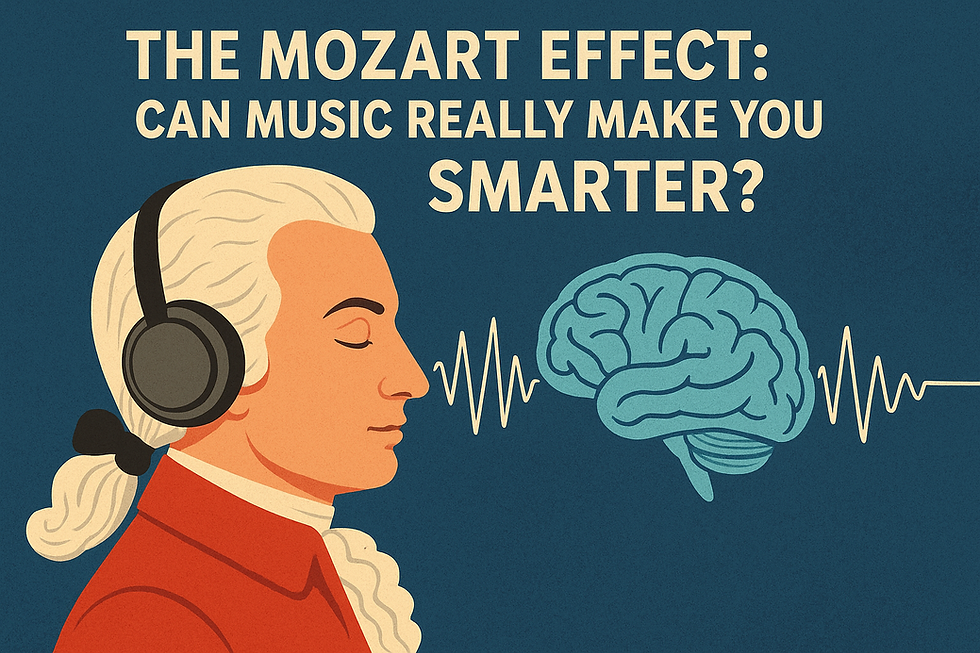"Beat the Odds: Teaching Music to Students with ADHD with Confidence and Creativity"
- Sharanya naidu
- Nov 28, 2024
- 3 min read
Updated: Dec 7, 2024
Children and teenagers with ADHD (Attention Deficit Hyperactivity Disorder) often face unique challenges in the classroom. Difficulties with focus, impulsivity, and organization can make learning environments stressful for both the students and their teachers. However, with the right tools and strategies, these students can thrive academically and emotionally. This blog explores practical ways to help kids and teens with ADHD in school, emphasizing workbook-based strategies to support classroom learning and manage transitions effectively.
Understanding ADHD in the Classroom
ADHD is a neurodevelopmental condition that affects attention, impulse control, and executive functioning skills. This can manifest in various ways in a classroom setting, such as:
Struggling to sit still for long periods.
Difficulty following multi-step instructions.
Trouble transitioning from one activity to another.
Emotional outbursts or frustration during complex tasks.
These challenges often impact a child’s academic performance and social relationships. For teachers, recognizing these behaviors as symptoms rather than defiance or laziness is the first step toward building a supportive environment.

The Role of a Workbook for ADHD Support
A structured workbook can serve as a powerful tool for teachers, students, and even parents. These resources are designed to provide practical exercises, checklists, and activities to address key challenges faced by children with ADHD. Here's how they can help:
1. Enhancing Focus and Organization
Workbooks often include visual schedules, to-do lists, and priority charts that help students break down complex tasks into manageable steps. For example:
Daily Planner Pages: Encourage students to write down assignments and deadlines.
Color-Coded Sections: Help them categorize tasks by subject or urgency.
2. Developing Emotional Regulation Skills
Exercises in emotional awareness and coping strategies help students manage frustration and anxiety.
Feelings Tracker: Students can log their emotions throughout the day, identifying triggers and patterns.
Mindfulness Activities: Simple breathing exercises or visualizations can calm the mind before starting a task.
3. Building Social Skills
Collaborative activities in workbooks focus on improving communication and teamwork.
Role-Playing Scenarios: Help students practice responses in challenging social situations.
Peer Feedback Worksheets: Encourage positive interaction and constructive feedback among classmates.
Strategies for Managing Transitions in School
Transitions – from one class to another, from recess back to study time – can be particularly difficult for kids with ADHD. Incorporating workbook exercises into the transition process can ease this challenge.
1. Transition Cards
A section in the workbook can include visual or written transition cards, with reminders like:
“Take three deep breaths.”
“Organize your desk before moving to the next class.”
2. Pre-Transition Warnings
Using a timer or visual cue (like a traffic light system) allows students to prepare mentally for the next activity. The workbook can include:
A “Countdown Checklist” for wrapping up the current task.
Reflection prompts like, “What went well during this activity?”
3. Reward Systems
Positive reinforcement can motivate students to manage transitions more effectively. The workbook can have:
Sticker Charts: For successfully transitioning without reminders.
Reflection Pages: Where students note their achievements.
Empowering Teachers and Parents
Workbooks for ADHD are not just for students; they’re valuable resources for teachers and parents too. These guides provide insight into creating ADHD-friendly environments:
1. Classroom Tips for Teachers
Create structured routines and stick to them.
Seat students with ADHD near the front to minimize distractions.
Use multisensory teaching techniques, like combining visuals with audio instructions.
2. Home Support for Parents
Establish a consistent homework routine.
Use the workbook at home to reinforce classroom strategies.
Celebrate small wins to build the child’s confidence.
Conclusion: Small Steps, Big Impact
Helping kids and teens with ADHD in school doesn’t require a complete overhaul of classroom systems. Instead, it involves small, meaningful adjustments that cater to their unique needs. Workbooks designed for ADHD support can bridge the gap between challenges and success, providing both students and educators with the tools to navigate the school day with confidence.
Whether you’re a teacher, parent, or caregiver, remember: patience, empathy, and creativity can go a long way in helping these students unlock their full potential. Start with one strategy or workbook exercise today, and watch the transformation unfold!



Comments